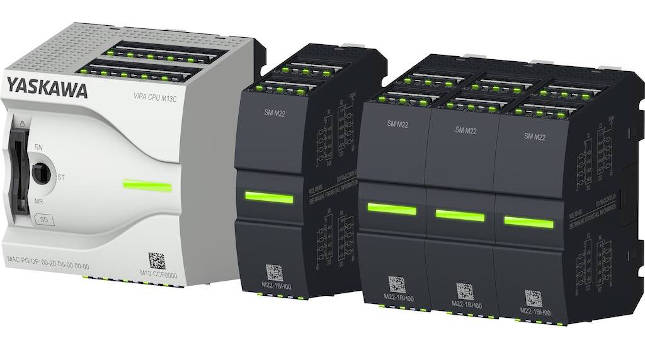Programmable logic controllers (PLCs) are designed to last a long time, but even they have a shelf life. Three tips for knowing when to upgrade are highlighted as well as a cautionary tale.

While there might be a temptation to keep older programmable logic controllers (PLCs) running a long time, having to replace them is not a desirable situation. While some components can be found and purchased online, if the primary source for replacement parts is a site like eBay or a site that specializes in second-hand parts, it’s likely time to upgrade.
Three signs it may be time to upgrade your PLCs
A proactive approach to maintenance and upgrades is almost always better than a reactive one, but plant managers and corporate decision makers are often juggling numerous variables and putting out multiple “fires” at any given time.
So how long is too long to risk skating on the thin ice of aging PLC technology? Common warning signs include:
- You are running Microsoft Windows 7 or older — Microsoft stopped supporting Windows 7 on January 14, 2020. If the PC is still running the Windows 7 operating system, it is definitely time to upgrade to Windows 10 along with human-machine interface (HMI) software to ensure your system is not vulnerable to cyberattacks.
- Your installation is at least 10 years old — If the PLC is more than 10 years old, users are missing out on opportunities to increase energy efficiency such as advanced compressor sequencing, floating head pressure control or other efficient control strategies.
- Historical breakdowns — If the PLC has already shown signs of breakdown such as processor or I/O module faults or failures, they are likely signs of a pending breakdown. Partial upgrades are more budget-friendly than full upgrades and can be done with little to no downtime.
While every system and scenario is different, a planned and methodical approach to the migration process will always be more cost-effective than an emergency upgrade that requires costly, unscheduled downtime at your facility.
Of course, there are countless aspects of a food or beverage plant that are constantly vying for energy, budget and attention — so why should updating your PLCs be higher on your priority list? Let’s consider a beef processing plant that took that gamble… and lost.
When procrastination becomes costly
This particular beef facility was utilizing PLCs that were 14 years old. When their system suddenly failed, the plant lost several hours of valuable production time while our team switched into “rapid response” mode. We had to install temporary switches and wire them to every valve group output so that our refrigeration technician could operate the plant’s air units while a new panel was designed on the fly.
The plant was staffed 24/7 for a month in order for our team to engineer, program, install and commission a new upgrade; build and install a new panel; and recommission the new system. The necessary but expensive last-minute project cost about twice as much as it would have had the facility budgeted and planned for the upgrade.
Manufacturers don’t want to find themselves in this situation. At the end of the day, buying a little extra time for an inevitable PLC upgrade isn’t worth doubling your investment and disrupting your plant’s operations when the decision is forced upon you due to a system failure.
So how can companies strategically plan for this crucial upgrade and identify what that investment might look like? A custom audit can help reveal the strengths and weaknesses of the automation system in order to best plan for the road ahead.
This article originally appeared on Stellar’s Food For Thought Blog. Stellar is a CFE Media content partner.



